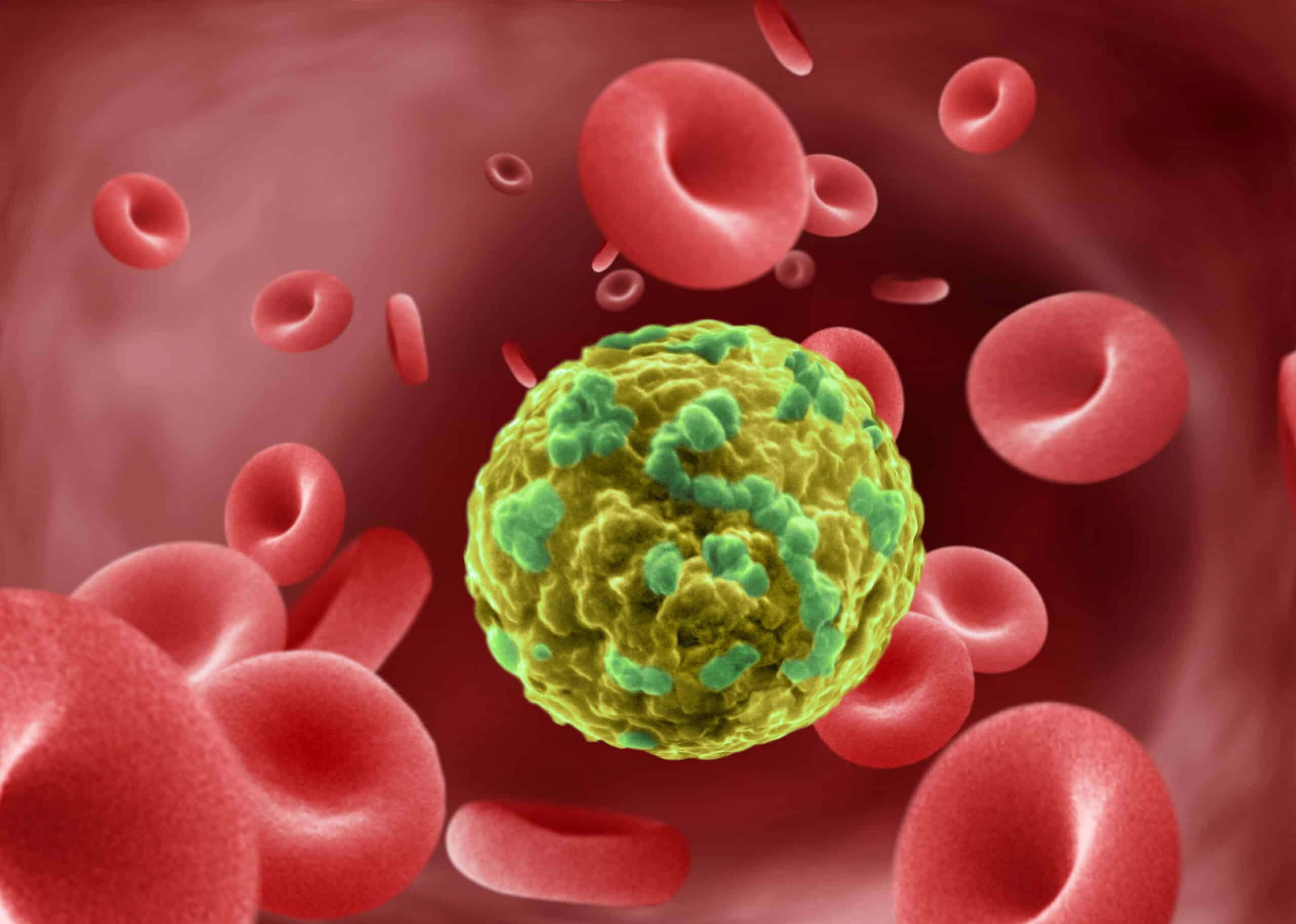

A rare form of gastrointestinal cancer is sharply rising among Generation X and Millennials, according to a new study from Vanderbilt University Medical Center. The findings, published in the Annals of Internal Medicine, highlight growing rates of appendiceal adenocarcinoma, a cancer that begins in the appendix.
Researchers examined long-term data from the National Cancer Institute’s SEER Program, which tracks cancer trends in the United States. They identified 4,858 adults, aged 20 and older, who were diagnosed with appendix cancer between 1975 and 2019.
Although this cancer remains uncommon, making up less than 1% of all digestive system cancers, the study revealed a clear generational shift. People born around 1980 were three times more likely to be diagnosed than those born in 1945. For those born in 1985, the risk was four times higher.
The rise was seen across all major subtypes of the disease, though the rate of increase varied. Researchers say the growing numbers suggest a need for greater attention and stronger public health strategies.
“These patterns suggest the need for timely etiologic investigation and increased awareness of appendix cancer among physicians and the general public,” the study noted.
Appendiceal adenocarcinoma is extremely rare, with only 0.1 to 0.2 cases per 100,000 people each year. The most common forms include mucinous, nonmucinous, goblet cell, and signet ring cell types. Each behaves differently and requires specific treatment approaches.
Appendiceal Goblet Cell Adenocarcinoma
• Amphicrine (both endocrine + exocrine) tumor; CK20, SATB2, Synaptophysin/Chromogranin +
• Grade I-III based on proportion of low and high grade pattern
• Ddx: Appendiceal adenocarcinoma + Well-diff NETPhoto credit: Evan Tweed, MD pic.twitter.com/KeVvrsM0iB
— Jay Hwang (@Path4People) June 3, 2024
One of the primary challenges in managing the disease is that it often remains undetected. Many cases are found by chance during surgeries for suspected appendicitis.
When symptoms do appear, they are vague, such as abdominal pain, weight loss, or signs of a blocked intestine, making early detection difficult. That is why many individuals are at risk.
Treatment depends on how far the cancer has spread. In early cases, surgery to remove the appendix may be enough.
For more advanced cases, treatment may involve complex surgery or chemotherapy applied inside the abdomen. Survival rates vary widely but are generally better when the disease is caught early.
As more young adults are diagnosed, experts warn that this could indicate a larger health problem in the years ahead. The study’s authors emphasize the importance of continuing to investigate the causes and raising awareness.
They wrote, “incidence rates in younger generations are often indicative of future disease burden.”
